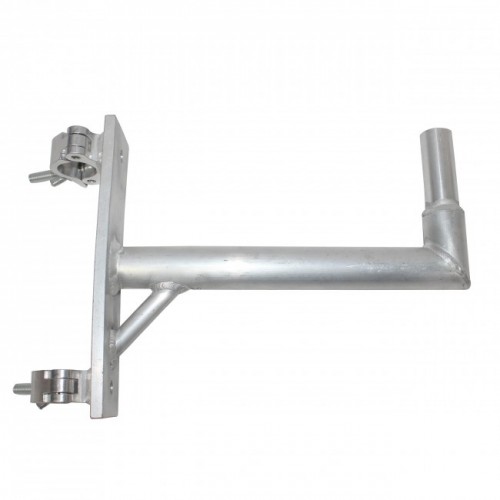Truss hangers are an indispensable component in the world of construction. These simple yet crucial devices play a pivotal role in ensuring the structural integrity of buildings. In this article, we will explore the world of truss hangers, discussing their importance, types, installation, and advantages.
Introduction to Truss Hangers
Truss hangers are metal brackets that provide a secure connection between wooden trusses and other structural elements. They are designed to bear and distribute the load effectively, preventing structural failures. Truss hangers are commonly used in roof, deck, and wall framing, and they offer a cost-effective and efficient solution for builders and homeowners alike.
The Importance of Truss Hangers in Construction
The use of truss hangers is essential for maintaining the stability and safety of a structure. They ensure that weight is evenly distributed and that the structural components stay connected over time. Without truss hangers, buildings would be more susceptible to sagging, cracking, or even collapsing.
Types of Truss Hangers
Truss hangers come in various types, each designed for specific applications. Common types include face-mount, top-flange, and skewable hangers. Face-mount hangers are suitable for straightforward connections, while top-flange hangers are ideal for roof trusses. Skewable hangers offer flexibility in installations that require an angle.
How to Choose the Right Truss Hanger
Selecting the right truss hanger is crucial for the success of your construction project. Factors to consider include load requirements, materials, and environmental conditions. Consult with a structural engineer or a professional to determine the most suitable truss hanger for your needs.
Installing Truss Hangers Step by Step
Installing truss hangers may seem daunting, but it can be a manageable task with the right guidance. Follow these steps for a successful installation:
- Gather Your Materials: Collect all necessary tools and truss hangers.
- Mark the Location: Determine the precise location for the hangers.
- Secure the Hanger: Attach the truss hanger to the supporting structure using appropriate fasteners.
- Check for Level: Ensure that the truss is level and properly aligned.
- Repeat as Needed: Install hangers at all necessary locations.
Common Mistakes to Avoid
While installing truss hangers, it’s important to avoid common mistakes, such as using the wrong type of hanger, improper installation, or not following manufacturer guidelines. These mistakes can compromise the structural integrity of your project.
Advantages of Using Truss Hangers
Truss hangers offer several advantages, including:
- Increased Structural Stability: Truss hangers distribute loads evenly, reducing the risk of structural failure.
- Time and Cost Efficiency: They simplify construction processes, saving time and money.
- Longevity: Truss hangers enhance the lifespan of your structure.
- Versatility: They can be used in various construction applications.
Truss Hangers vs. Traditional Fastening Methods
Truss hangers have several advantages over traditional fastening methods like nails and screws. They provide a more secure connection and are less prone to corrosion, ensuring long-lasting stability.
Truss Hangers in Roof Construction
In roof construction, truss hangers are used to secure roof trusses to load-bearing walls or beams. This application is crucial for maintaining the roof’s structural integrity and preventing sagging.
Truss Hangers in Deck Construction
For decks, truss hangers are essential for attaching joists to beams or ledger boards. They ensure that the deck can safely bear the weight of people and outdoor furniture.
Truss Hangers in Wall Framing
Truss hangers are also used in wall framing to secure wall plates to the studs. This strengthens the structure and ensures that it can withstand lateral forces such as wind or earthquakes.
Maintaining Truss Hangers
Regular inspection and maintenance of truss hangers are essential to keep them in optimal condition. Look for signs of rust or damage and replace any hangers that show wear and tear.
Safety Precautions When Using Truss Hangers
When installing truss hangers, it’s crucial to follow safety guidelines. Wear appropriate protective gear and exercise caution to prevent accidents or injuries.
Environmental Considerations
As builders and homeowners increasingly focus on sustainability, it’s important to consider the environmental impact of construction materials, including truss hangers. Look for hangers made from eco-friendly materials or those that can be recycled.
Conclusion
In conclusion, truss hangers are a fundamental component of modern construction, providing the strength and stability that buildings need to withstand the test of time. Whether you are building a new structure or renovating an existing one, truss hangers are an excellent choice to enhance the safety and longevity of your project.
















